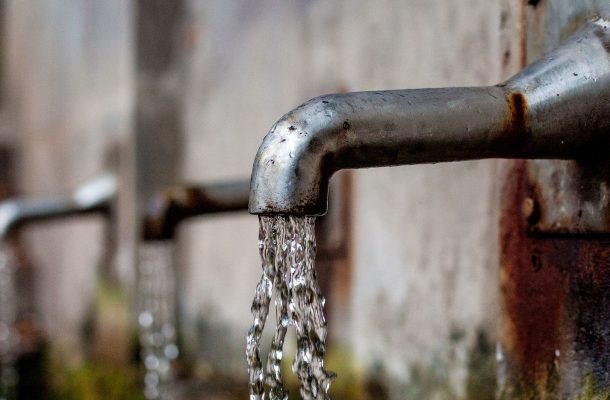Is our water safe to drink?

To avoid the threat of Legionella bacteria and Non-tuberculous mycobacteria, the safe transport of mains water is more important than ever. High standards depend on best practice and good policy, but Flinders University academics warn current systems and legislation may not always be supported by solid scientific research or best practice in public health.
“There are major inconsistencies in Australia, and overseas jurisdictions, in managing Legionella and other contaminants in water systems,” says Flinders University Associate Professor Richard Bentham, who will present on shortfalls in Legionella disease policy at the Environmental Health Australia National Conference in Adelaide this week.
“For example, some of the requirements, to keep cold-water systems at the European standard well below 20C, is not always possible in Australia.
“Other policy settings on warm-water, hot- and cold-water systems are not always based on evidence-based science, and usually rely solely on a localised tick-box protocol, which opens the gate for all sorts of things to happen.”
Environmental health experts, including Dr Bentham, also warn that some positive policy changes can lead to other potential problems.
“For example, the removal of all lead-based tapware and pipeline systems, as introduced recently in Victorian schools, might inadvertently lead to increased public health risk from microbial contamination, such as opportunistic premise plumbing pathogens (OPPPs),” Dr Bentham and colleagues say in a new scientific article.
“We recommend that future research into plumbing materials also weigh up its effect on OPPPs such as Non-tuberculous mycobacterium – which can cause serious pulmonary illness – ahead of changes in legislation.
Any changes in regulation regarding materials for potable water infrastructure need to be evidence based and must consider all potential risks to public health, the paper concludes.
“The complexities of water quality, materials of construction, microbial contamination, and public health risks are not well understood. For example, current data indicates limited scientific evidence to support the removal of brass fittings as a means of reducing lead exposures.”
Flinders adjunct academic Dr Bentham, who is also associate director of Built Water Solutions, has consulted extensively around Australia on Legionella risk assessment and management.
Methamphetamine and other drug residues from clandestine labs and illicit drug use can lead to chemical contamination of properties, while Salmonella and bacterial gastroenteritis food poisoning pose a risk to human health.
“Climate change and our ageing population are putting increasing pressure on environmental health standards,” says Dr Kirstin Ross. “Allergens, extreme heat and increasing frequency of natural disasters, and changing patterns of infectious diseases – from food, water, air and vector-borne – are increasingly becoming major environmental health threats.”
There is also a growing shortage of environmental health officers, which is a worrying trend as local government, policy, and environmental health officers play a vital role in keeping the community safe.
Open Forum is a policy discussion website produced by Global Access Partners – Australia’s Institute for Active Policy. We welcome contributions and invite you to submit a blog to the editor and follow us on Twitter, Facebook, Linkedin and Mastadon.












